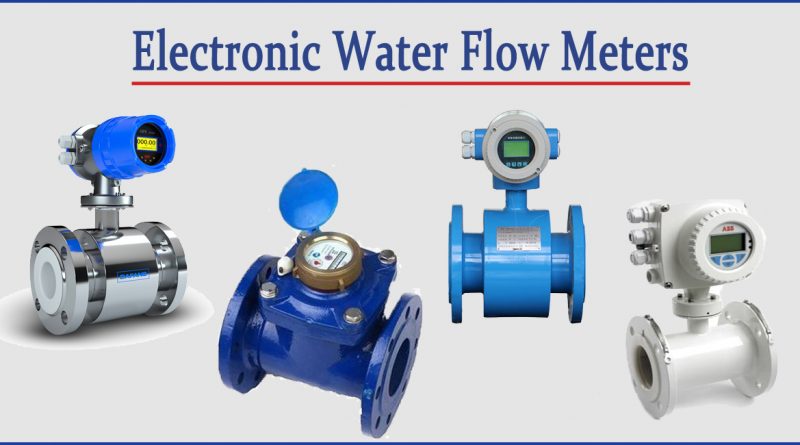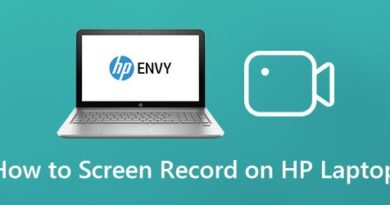A Complete Guide on Electronic Water flow Meters
A water meter is a tool used to measure the volume of water that is delivered properly. The flow meter is used as a volumetric flow meter used for wastewater application and other things. This device does not have any moving parts and cannot work on the hydrocarbon with distilled waters. Here is a complete guide you need to know on the water flow meters.
Limitations of Electromagnetic Flow Meters
(1) The measurement substance must be conductive. As a result, it can’t be used to measure the flow rate of gases, steam, petroleum products, or other low-conductivity liquids.
(ii) To make the meter insensitive to changes in liquid resistance, the effective resistance of the liquid between the electrodes should not exceed 1% of the external circuit’s impedance.
(iii) It is a piece of extremely costly equipment.
(iv) Because the meter always measures volume rate, it will include the volume of any suspended materials in the liquid.
(v) When the flow tube is fitted in a horizontal pipeline, the Electronic water flow meters should be on the horizontal diameter to avoid any problems caused by entrained air.
(vi) Because a zero check on an installation may only be accomplished by stopping the flow, isolating valves are required, and a bypass may also be required to direct the flow during a zero check.
(vii) No susceptibility to having wear or other mechanical wear-and-tear issues.
Disadvantages of Magnetic Flow Meter
(1) These meters can only be used with fluids that have a suitable electrical conductivity.
(ii) Over a flow rate range of 5%, accuracy is only a fraction of a percent.
(iii) The size and cost of field coils and circuits are unrelated to the diameter of the pipe bore. As a result, small size meters are cumbersome and costly.
How Do You Read a Flow Meter?
Are you getting a monthly water bill for your residence, then your water usage is monitored with the water flow meter. Here are the steps you will need to take to get the electronic water flow meter started.
Accessing your water meter
Find the location of your water meter. Residential Electronic water flow meters are usually located on the curb or the street at the front of the house. For easy identification, they are generally kept in concrete boxes underground with heavy steel covers that are bolted tight and labeled “Water.”
1. The water meters in an apartment or condominium will most likely be in a utility room in the basement or on the ground floor. They could also be situated on the building’s outside.
2. If your liquid bill is included in your rent or homeowner’s association dues, a single meter will be used to track your whole building’s usage.
Make sure to verify with the supplier first to see if accessing the meter is permitted.
Remove the meter box’s cover
Pry the cover-up carefully with a screwdriver or similar object inserted into one of the little holes. Place the cover in a convenient location. Pull back the lid on your meter box if it has one. Never try to open your meter box with your hands. Inside water meter boxes, snakes, rats, insects, and other harmful species have been reported to nest.
While you’re at it, remove the dust, filth, and cobwebs off the underside of the lid.
A Digital meter can be used to record usage and flow rate.
If your property has an Electronic water flow meter, you’re in luck: they’re a lot easier to understand. The total amount of water recorded by the meter is shown in the bottom row of numbers. The rate of water flow, or the amount of water that travels through your home each minute, is indicated by the tiny readout in the corner.
Your digital meter may alternate between showing usage and flow rate, or the two values may be divided into different display panels that you can see in your monitor.
Summary
Those are some of the essential guides you should learn to help you started. In this article, we mentioned various things on how electronic water flow meter is helping most of the users today. You will need to make sure that you are doing a great job with the water meter.




